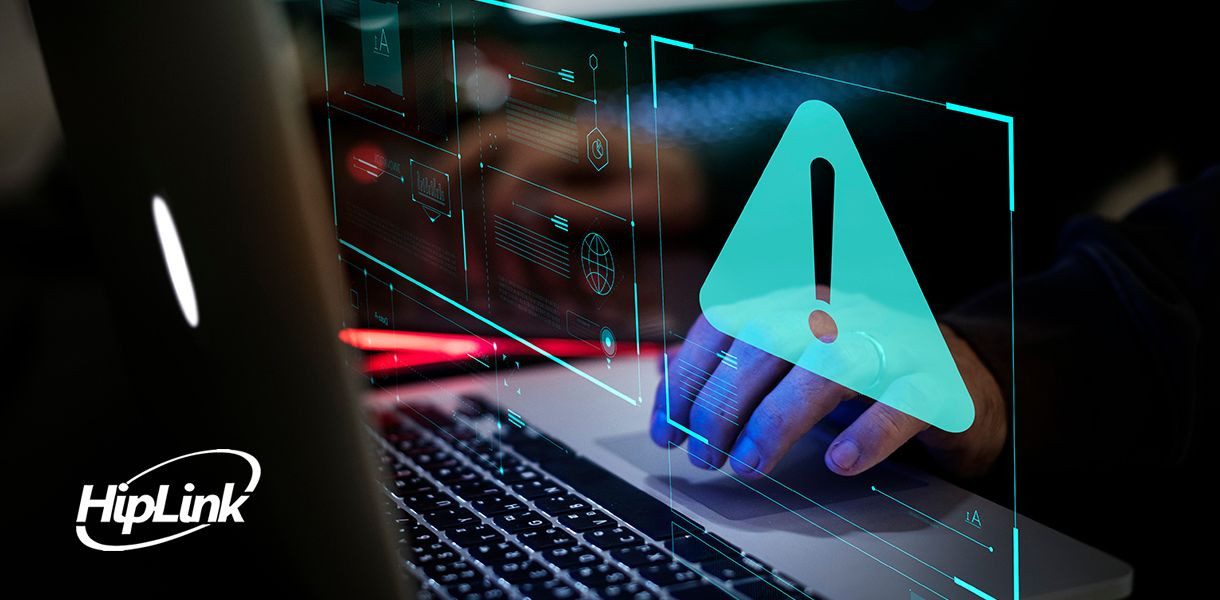In emergency situations, every second counts. As the first line of defense, first responders rely on timely and accurate information to make critical decisions. Often, these decisions can mean the difference between life and death for those in peril—which is why it’s so important to empower them with the tools they need to communicate clearly and efficiently. This is where integrated alert systems come in. Solutions like HipLink provide a range of tools and capabilities to support first responders in their mission to protect and serve the public.
Below, we’ll review a few of the biggest ways that advanced alerting systems can uplevel emergency response capabilities, both for first responders and others responsible for emergency support.
Diverse Alerting Media
For communication to be effective, operators must ensure that messages are routed to appropriate channels during emergency response scenarios. However, modern alerting systems don’t limit messaging to just one or two mediums.
Integrated alert systems provide diverse alerting media across a variety of fronts, including text, email, radio, and social media. For example, a weather alert for an impending tornado might be made available on Facebook, over radio frequencies, or via mobile apps. The same idea applies to individual responders and the different roles involved in emergencies. These might include emergency management officials in charge of building response plans, dispatchers in public agencies, and the responders themselves.
Diverse alerting solutions ensure that each of these roles receives accurate, up-to-date information to inform their capabilities, giving all members of the response chain the tools they need to allocate resources and provide the appropriate level of support.
Integrated CAD Systems
As noted above, dispatchers play a vital role in emergency response, and integrated computer-aided dispatch (CAD) systems ensure that dispatchers have the resources they need to provide comprehensive support across all potential emergencies.
CAD systems provide a streamlined way to manage emergency calls, allocate resources, and track responders' movements in real-time. By integrating CAD with alert systems, dispatchers can quickly assign responders to the scene and provide critical information to those on the ground. Adopting an alerting solution that is intelligently integrated into a communication center’s CAD system and automates the process should be a top priority for improving response time.
Real-Time, Data-Driven Updates
Another valuable feature of these solutions is how they provide real-time updates on changing situations, allowing first responders to adjust their approach based on current conditions. By leveraging data from a range of sources, such as weather reports, traffic patterns, and social media, responders can make more informed decisions that increase their effectiveness in the field.
Redundant Alerting Paths
Reliable communication is critical in emergency situations. Integrated alert systems provide redundant alerting paths to ensure that information is delivered even if one pathway fails. This redundancy helps guarantee that information arrives at its destination as it should – especially during emergencies where critical infrastructure may get damaged.
For example, natural disasters like hurricanes, floods, or earthquakes can cause significant disruption to infrastructure like cellular towers, power grids, or satellite dishes. Each of these system outages may produce unexpected communication disruptions that limit public agencies’ ability to transmit information. Redundancy in alerting pathways protects the public from these issues by offering contingencies that can be helpful in emergencies.
Seamless Integration & Remote Administration
Integrated alert systems can be seamlessly integrated with existing infrastructure and systems, including dispatch centers, vehicles, and communication networks. This integration allows for more efficient and effective emergency response, reducing response times and improving overall outcomes.
It’s also worth noting the value of remote administration for fast responses. Integrated alert systems can be remotely set up and managed, allowing system administrators to act as control towers for the system from anywhere. This enables rapid updates, adjustments, and improvements to the system, ensuring that it is always up to date and functioning at optimal levels.
Shared Communication Networks & Mutual Aid
In emergency situations, multiple agencies often respond, requiring interoperability between shared communication networks. Integrated alert systems can be designed to integrate with these networks, ensuring that responders from different agencies can communicate effectively with one another.
Part and parcel with the above, integrated alert systems can support mutual aid agreements, which allow agencies to share resources and expertise during emergencies. By enabling interoperability between systems, integrated alert systems support more effective collaboration between agencies, improving overall outcomes.
Partner with the Right Vendor
The above list comprises a full rundown of how integrated alert systems support first responders in their mission to protect and serve the public through:
-
Diverse alerting media
-
Integrated CAD systems
-
Real-time updates
-
Redundant alerting paths
-
Seamless integration with existing infrastructure
-
Interoperability with shared communication networks
But more important than any single communication feature or tool is the vendor chosen to implement these solutions within your infrastructure. Look for vendors who have the longevity, stability, and proven track record to implement such solutions effectively. At HipLink, this type of integration is the heart of what we do.
From providing preventative maintenance and repair, to supporting you whenever and wherever you need it, we’ll ensure your systems operate seamlessly 24/7 to let you focus on priority #1: protecting the lives and property of the communities you serve.
Try HipLink's solutions for free to learn more about how we can help.



